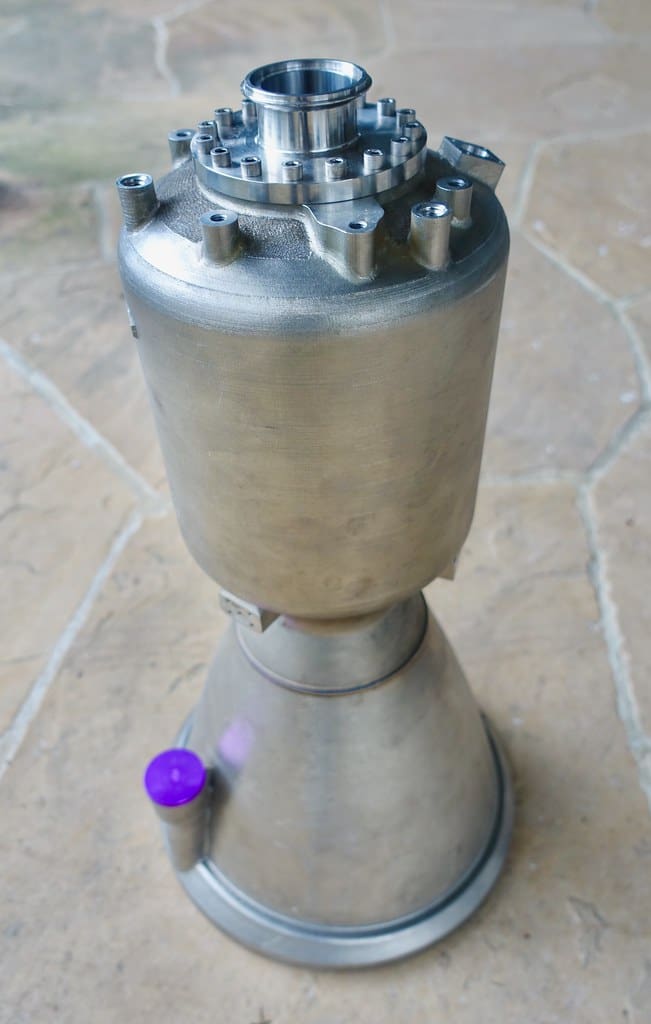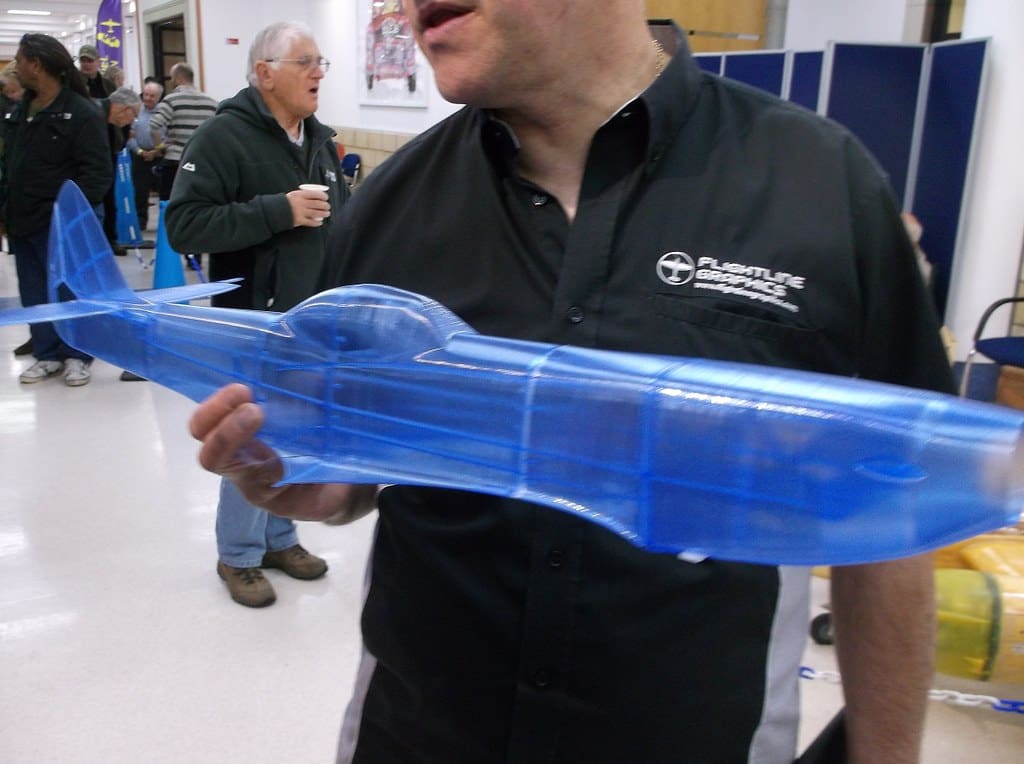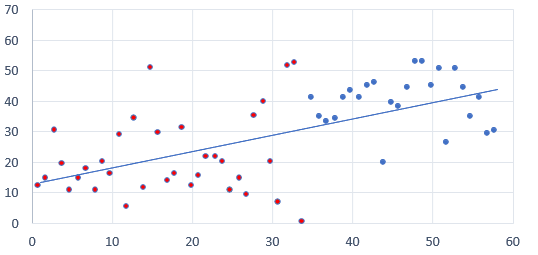Avionics, the electronic systems used in aerospace engineering for aircraft, spacecraft, and satellites, play a crucial role in the operation, navigation, and communication of these vehicles. The integration of 3D printing, also known as additive manufacturing, into avionics has brought transformative changes to the aerospace industry. This technology enables the rapid prototyping and production of complex, lightweight components essential for modern avionics systems, significantly enhancing performance, reducing costs, and accelerating development timelines.
The Emergence of 3D Printing in Avionics
3D printing has transitioned from a tool primarily used for creating prototypes to a viable manufacturing technique for producing high-performance avionics components. Its ability to fabricate parts with complex geometries and integrate multiple functions into single assemblies offers distinct advantages in an industry where weight reduction and reliability are paramount. As 3D printing technologies have advanced, they have increasingly been used to produce not just prototype parts but also functional components used in actual flight operations.

Advantages of 3D Printing in Avionics
Weight Reduction: One of the most significant benefits of 3D printing in avionics is the ability to produce lighter parts through optimized designs that incorporate hollow structures and topology optimization. Weight reduction is critical in aerospace applications, directly impacting fuel efficiency and payload capacity.
Complexity and Integration: 3D printing allows for the construction of components with complex, integrated features that would be impossible or prohibitively expensive to manufacture with traditional methods. This capability is particularly beneficial for creating intricate cooling channels in electronic housings or integrating multiple functions into a single component.
Customization and Scalability: With 3D printing, customizing parts for specific applications or missions is more feasible, allowing for rapid adjustments to designs based on testing feedback or new requirements. Additionally, 3D printing scales efficiently from small production runs for experimental aircraft to larger batches as needed.
Speed of Development: The rapid prototyping capabilities of 3D printing significantly accelerate the development process of avionics systems. Engineers can quickly iterate designs and test new concepts without the lengthy lead times associated with traditional manufacturing.
Key Applications of 3D Printing in Avionics
Electronic Enclosures and Mounts: Custom-designed enclosures and mounts for avionics systems are critical for ensuring that sensitive electronics are protected and correctly positioned within the aircraft. 3D printing these components allows for precise control over their geometry, facilitating optimal layout and integration.
Antenna and Sensor Components: Avionics heavily relies on various sensors and antennas, which must be precisely shaped and often require unique materials. 3D printing can produce these complex shapes with materials optimized for specific electromagnetic properties or environmental resistance.
Cooling Systems for Electronics: Advanced avionics systems generate significant heat and require effective cooling solutions. 3D printing is used to create complex cooling channels and heat exchangers that are integrated directly into the structure of electronic housings.
Cockpit Components: From instrument panel housings to control sticks and interface units, 3D printing allows for the ergonomic and lightweight design of cockpit components, enhancing both pilot comfort and functionality.

Challenges in 3D Printing for Avionics
Material Limitations: The materials used in 3D printing must meet rigorous aerospace standards for strength, durability, and resistance to extreme temperatures and pressures. Developing materials that fulfill these criteria while being suitable for 3D printing remains a challenge.
Precision and Reliability: High precision is crucial in avionics, where even small discrepancies can lead to system failures. Ensuring the reliability and consistency of 3D printed parts over time and under harsh operational conditions is essential.
Certification and Standardization: Obtaining certification for 3D printed avionics parts can be complex and time-consuming. The aerospace industry operates under strict regulatory standards, and each component must be certified for flight, which can hinder the rapid deployment of new technologies.
Cost of Implementation: While 3D printing reduces some costs, the initial investment in high-quality 3D printing systems and materials research can be substantial. Balancing these costs with the benefits in an industry where safety and reliability are non-negotiable is crucial.
Future Directions in 3D Printing for Avionics
The future of 3D printing in avionics looks promising, with ongoing advancements in printing technologies, materials, and digital design tools. Innovations are likely to focus on improving the precision, strength, and thermal properties of printed components. Additionally, the development of new composite materials and the integration of electronic functionalities directly into printed structures could further revolutionize avionics design and manufacturing.
3D printing is set to continue its transformative impact on avionics, offering new levels of efficiency, customization, and innovation. As the technology advances, it promises to unlock further potential in the design and manufacturing of aerospace electronics, enhancing the capabilities and performance of aircraft and spacecraft. With ongoing innovations, 3D printing will increasingly become an integral part of the avionics engineering landscape, reshaping how aerospace systems are developed and deployed.








